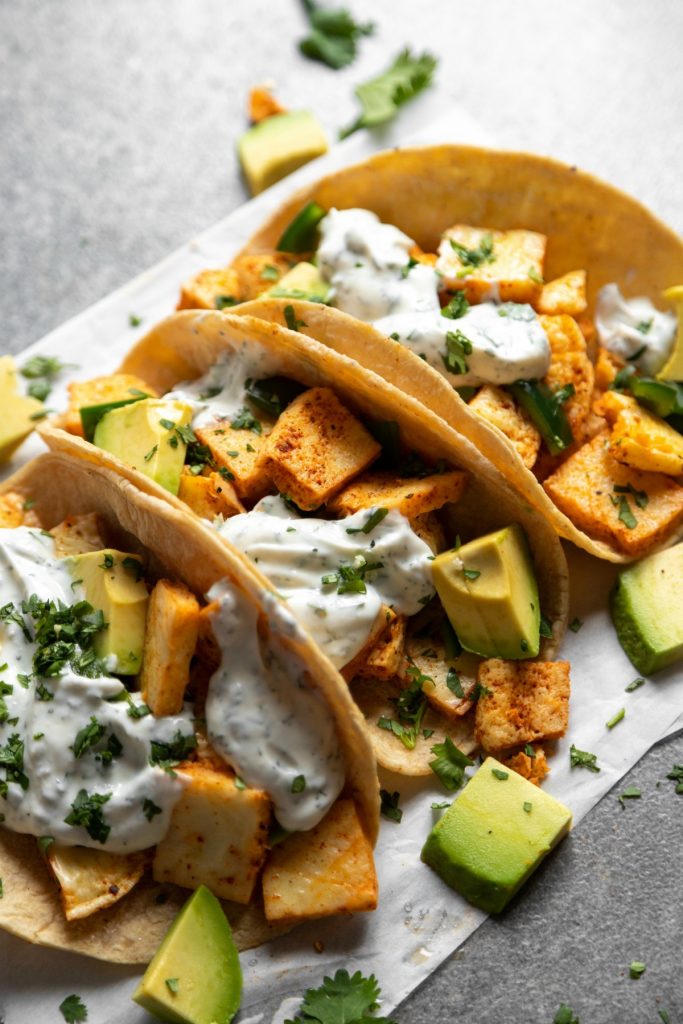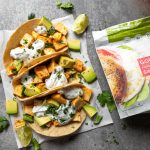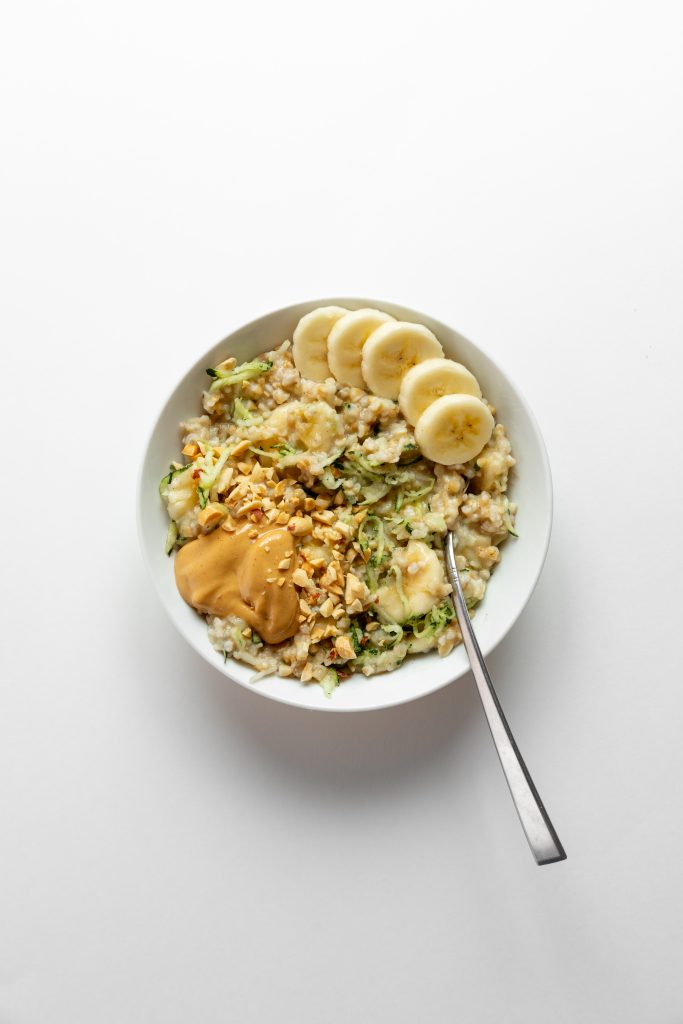Summer is flying by and college move-in day will be right around the corner before you know it. Whether you are a first year or transfer student it can be extremely daunting to navigate the dining halls. The majority of dining halls are all-you-can-eat buffet style or provide students with the ability to choose an unlimited meal plan. This means that students can eat multiple plates and enter the dining hall as many times as they desire. Just like other aspects of college life, it can be exciting to have a new sense of freedom. This is especially true when it comes to what you eat. If you are concerned about how to balance your meals and avoid overeating at the dining hall, make sure to check out our college hacks below!
Hack 1: Balance Your Plates
We get it – grabbing as many plates as you can to try new foods is super tempting. This is a very common habit among college students and can often lead to a lot of food waste. Instead of overloading your plates and piling them on at once, we suggest balancing your plates throughout your meals. For example, start with your fruits or veggies and the protein of your choice – this should be one plate. When you start with one plate, you will be working toward reducing food waste.
Additionally, you will be fueling your body with essential vitamin and nutrients first. This might fill you up quicker than you thought and help avoid overeating. If you are still hungry or want to try something new, try eating a small portion. By eating a smaller second plate, you will be giving your body time to digest what you just ate. This is extremely important to avoid overeating and listen to your body when it tells you it’s full.
Hack 2: Eye Your Options
Before settling on the first thing you see, walk around the dining hall and scope out what is being served that night. It might be tempting to grab couple slices of pizza but there might be a more filling and guilt-free option on the other side of the dining hall. Usually, dining halls serve up multiple starches for a single meal. We recommend seeing what carbs and starches are being served that night before you settle for one. This is extremely helpful if you follow a certain diet or are trying to be more mindful of what you are eating. By adopting this habit, you are one step closer to avoid overeating at the dining hall. Additionally, you will learn to customise your meals instead of settling for a food you do not want. If you go to a school with a larger dining hall, this tip is key to making sure you create a balanced plate with the foods you want to eat. This tip will also help you get a feel for portion sizes that work best for you.
Hack 3: Take Some For Later
This tip is great if you tend to snack late at night or if you get hungry easily. Usually, dining halls allow students to take fresh fruit or small baked goods back to their dorm. We recommend that you take full advantage of this! By taking some fruit, baked goods or smaller snacks back to your dorm, you will not have to spend money on going grocery shopping for snacks. Many studies have researched health benefits of healthy snacking. Specifically, fruit provides necessary vitamins and nutrients to your body and can reduce your risk for certain diseases. So, if you ever get hungry at night, you will have fresh produce on hand to munch on! This will help you avoid late night trips to the dining hall or ordering a pizza at 11 PM. That’s not to say you should not fuel your body late at night, but if you are a mindful eater, it does not hurt to have fresh fruit on hand! Not to worry if you ever overindulge, especially at night – there are ways to get back on track and continue aiming to avoid overeating at the dining halls.
Hack 4: Write Up a Plan
A more proactive way to avoid overeating at the dining hall is to form a meal plan. Not every meal plan is going to be the same – we recommend creating a plan that is best for you. For instance, if you are looking for weight gain, you can create a plan that allows you to factor in more protein, fats or carbohydrates. The amounts of each will depend on your personal preference, diet, intake levels and appetite. You can do the same thing if you are working towards weight loss or low-carb meals. That is the best part of creating your own meal plan – you can tailor it any way you like. This is a good habit for students to adopt even if they do not follow a diet or have dietary restrictions. By mentally preparing yourself for the endless options of the dining hall, you will not feel as overwhelmed about deciding what to eat. Instead, you will feel prepared and empowered to tackle the dining hall and choose the best options for your body and goals.
Thankfully there are many tips to avoid overeating at the dining hall for college students. While all these tips might not be relevant to your eating habits or goals, there is a lot of freedom to decide what works best for you. It’s just a matter of time until you are comfortable getting into the swing of things in a new dining hall. Once you do, you will naturally find yourself adopting habits to avoid overeating and eating what makes you feel good!





